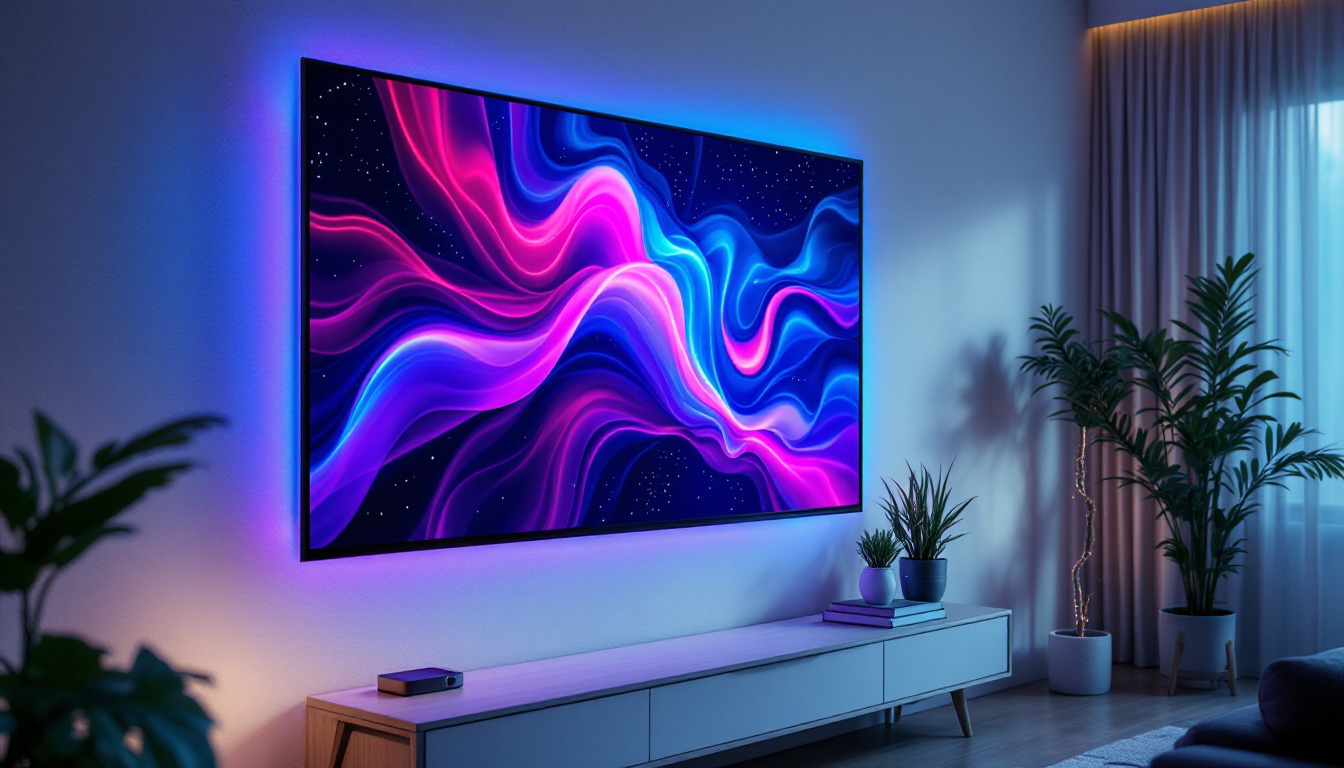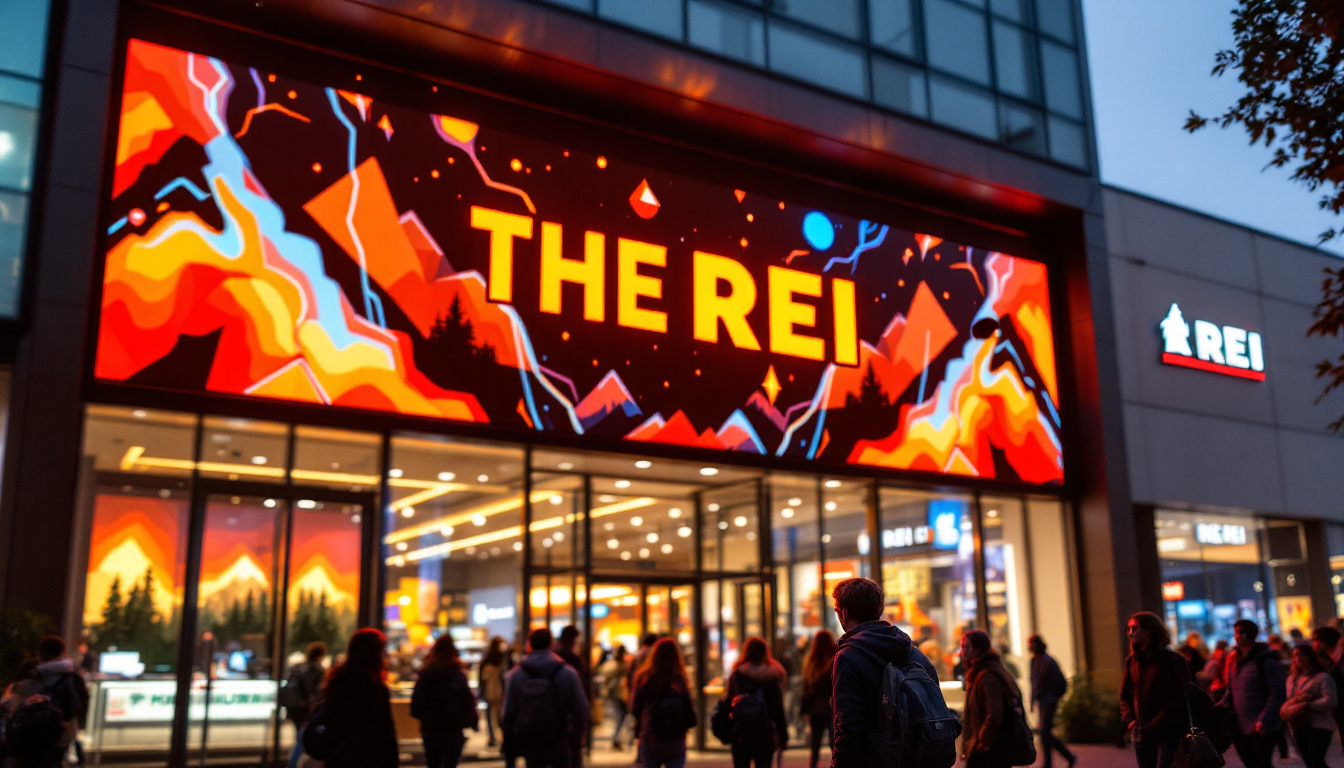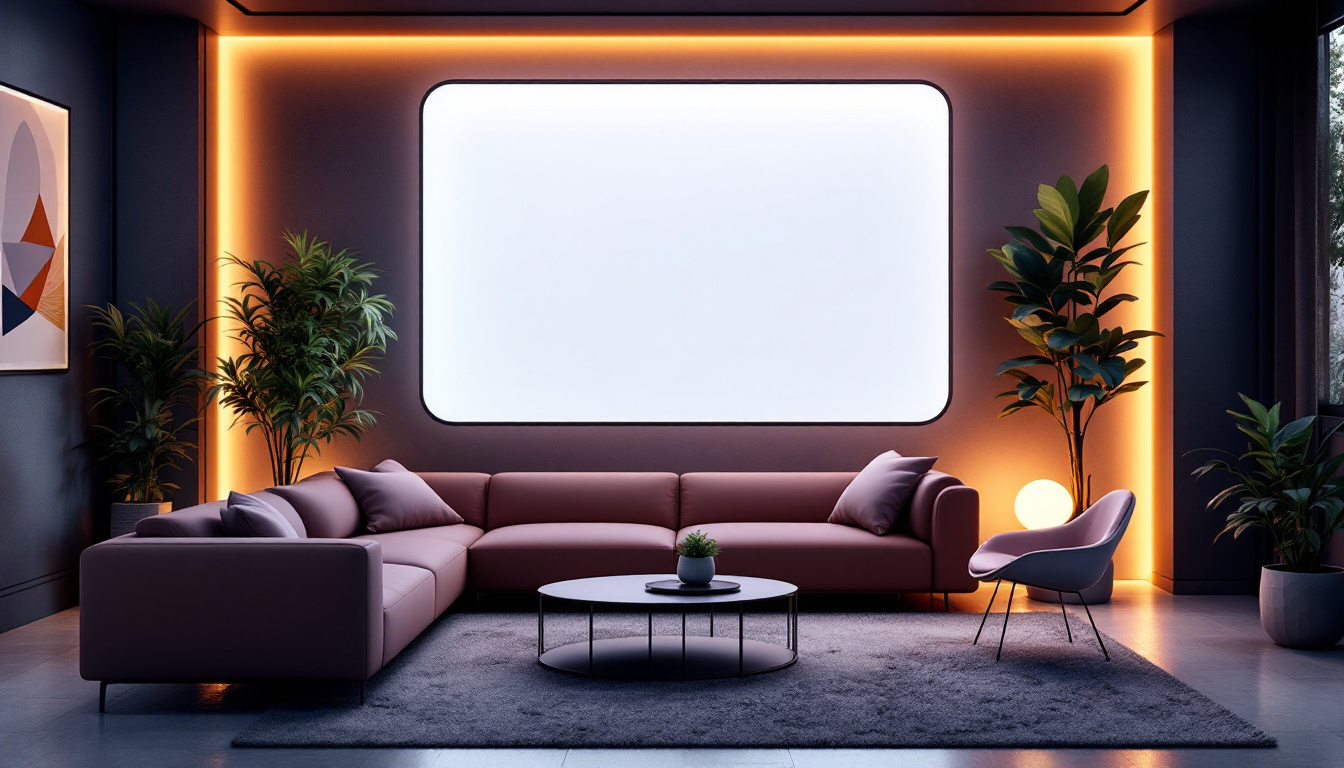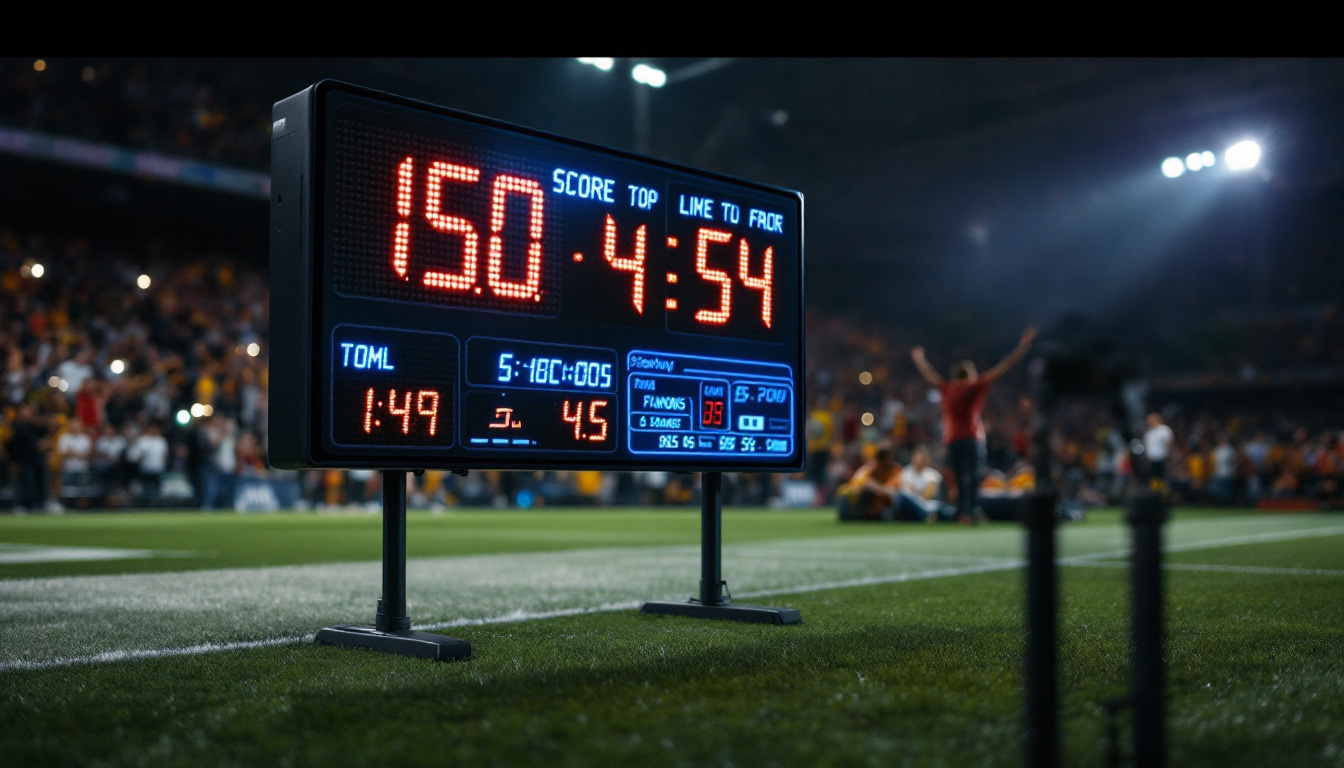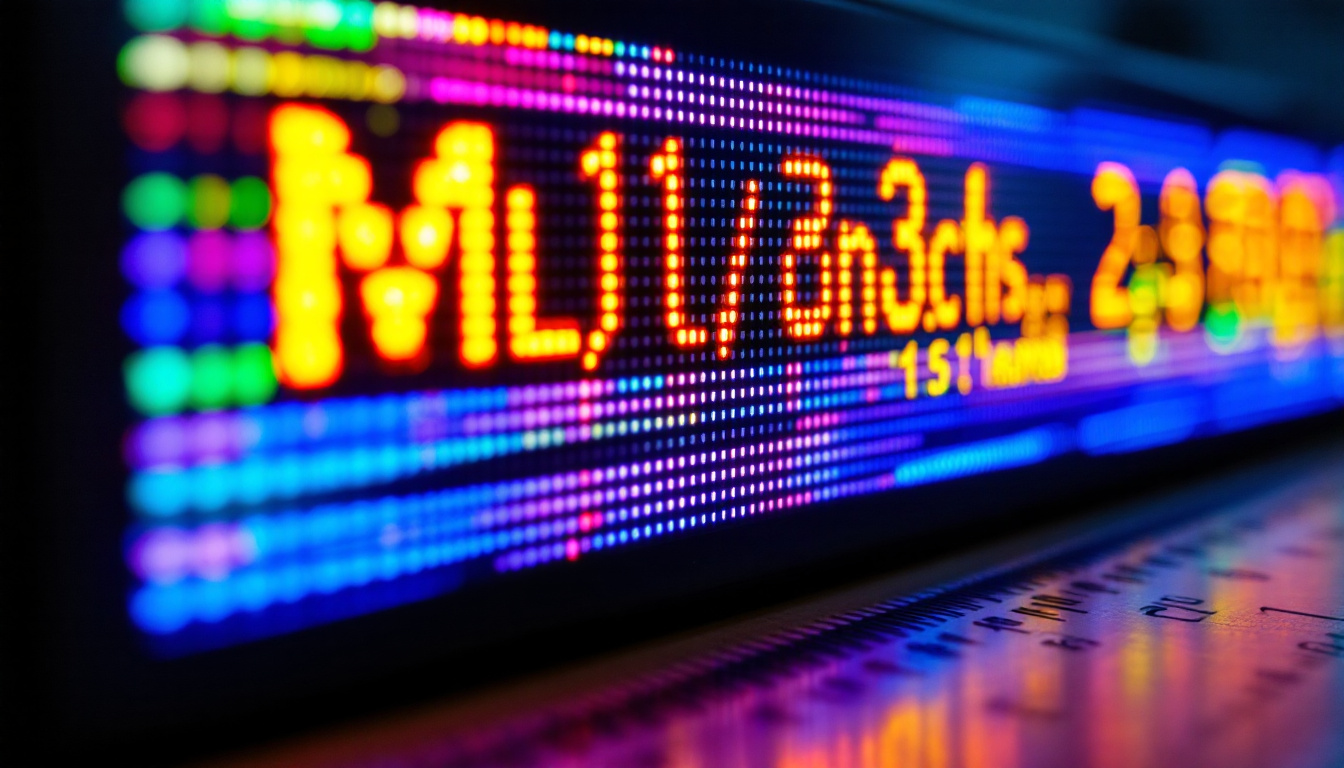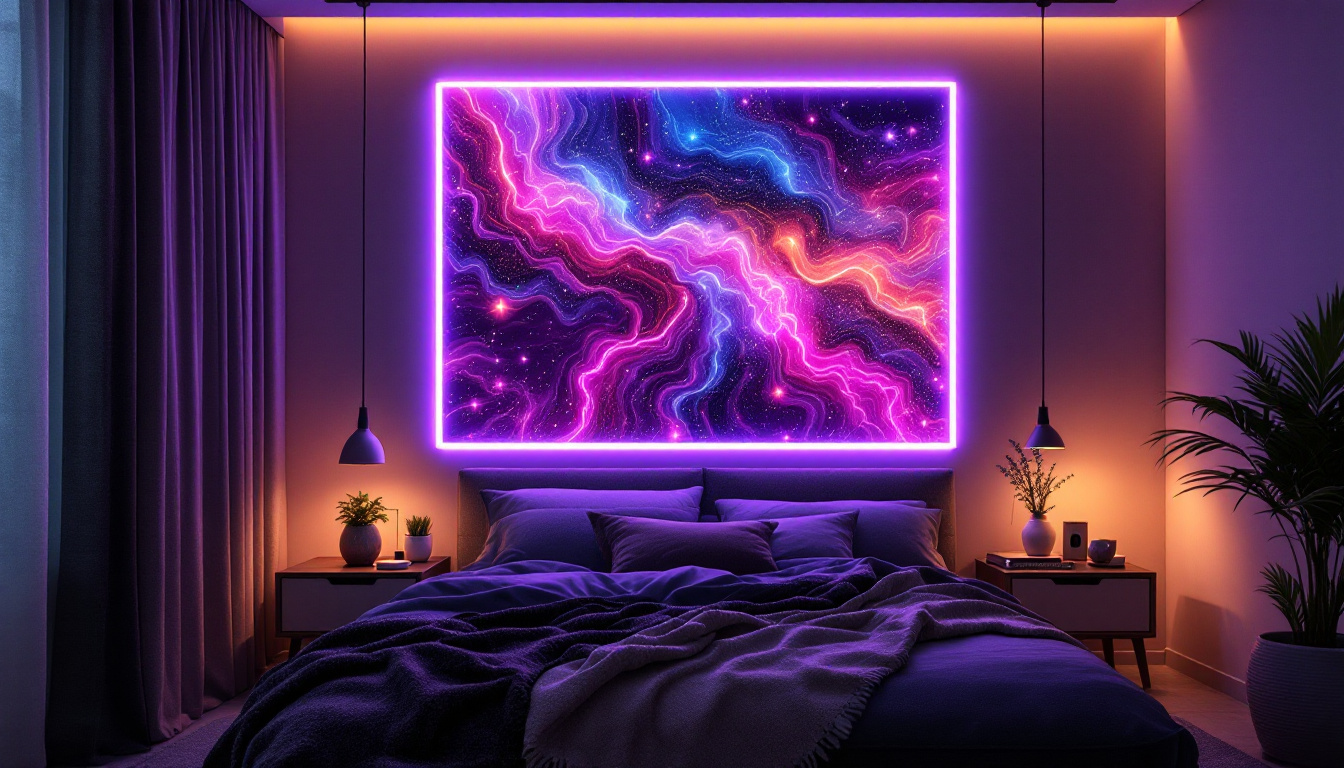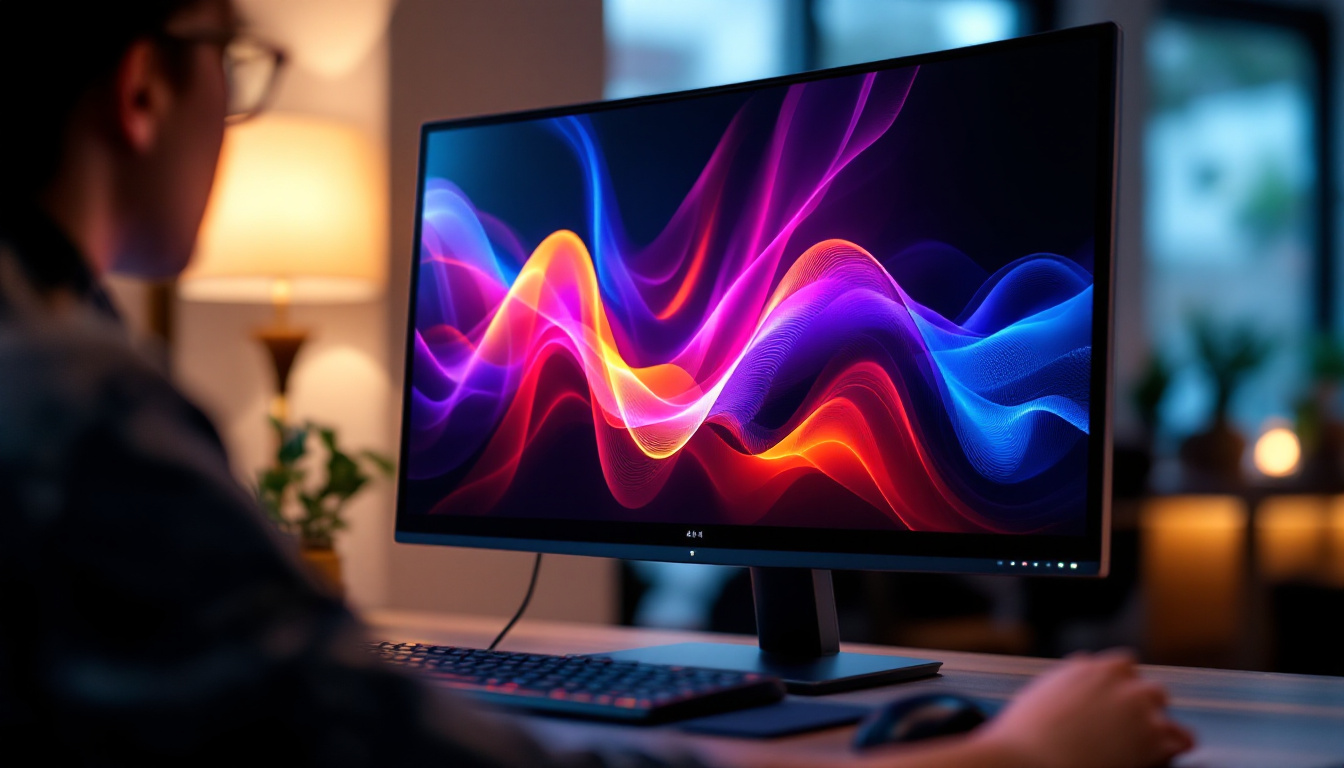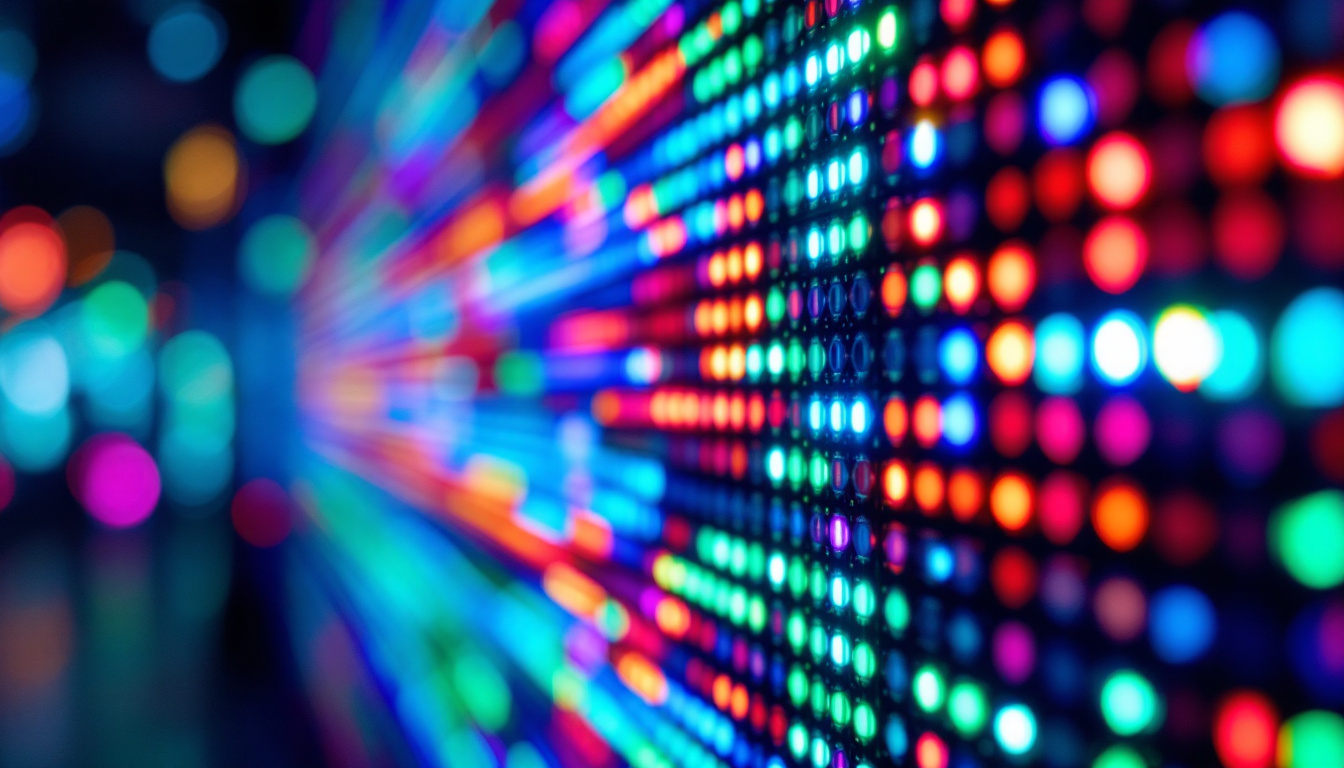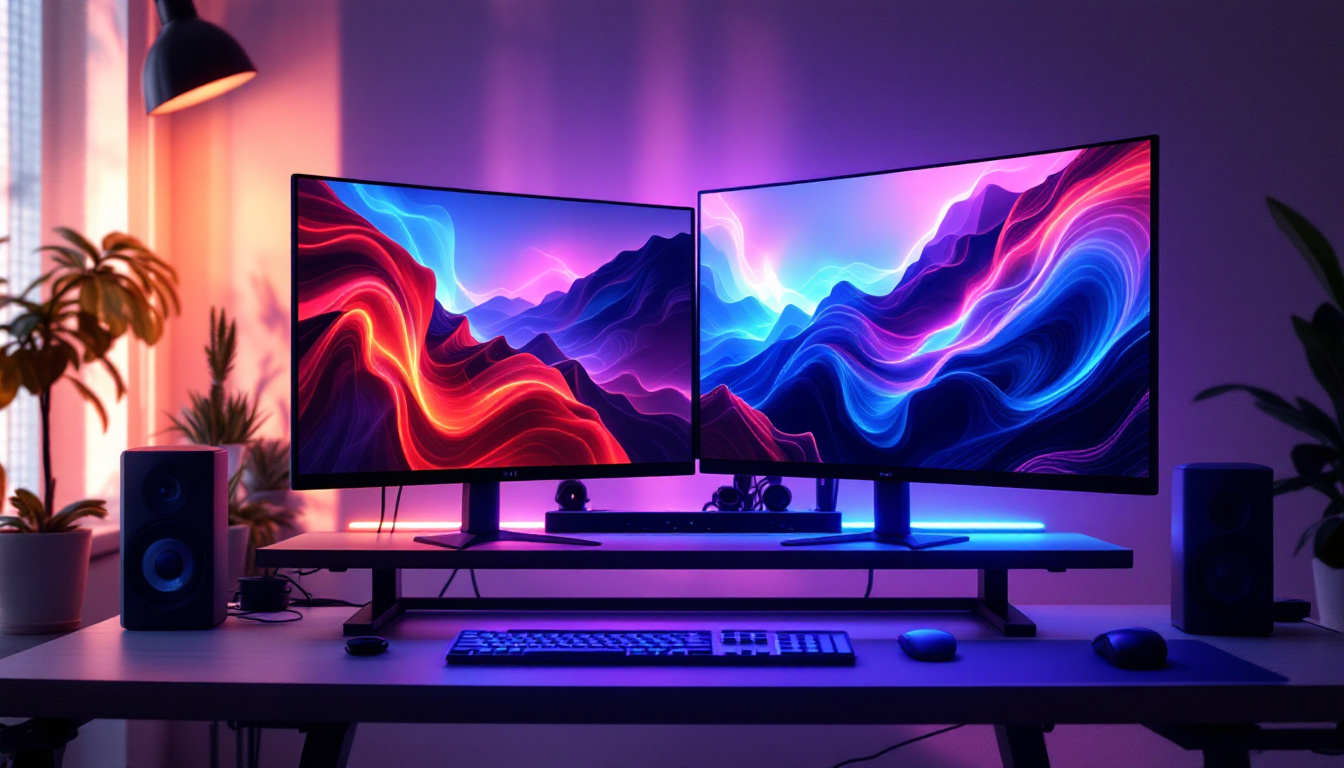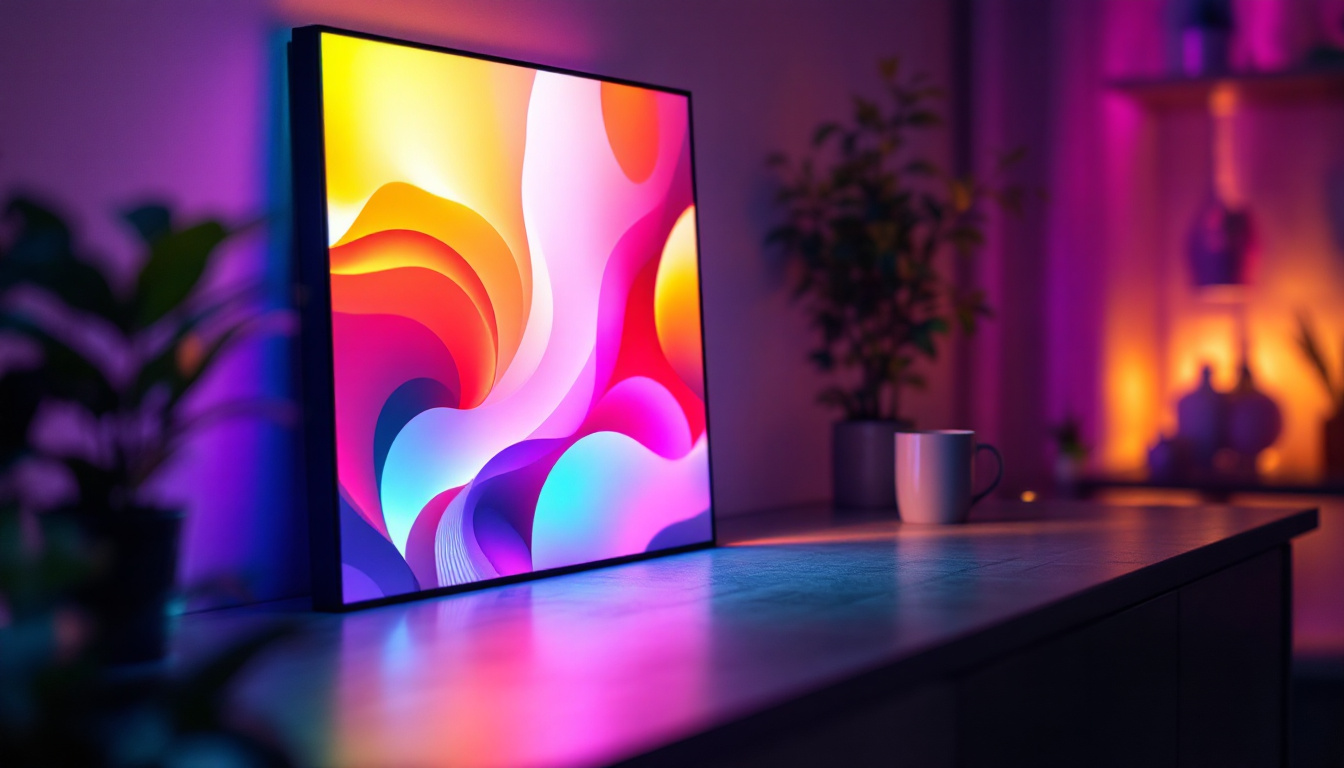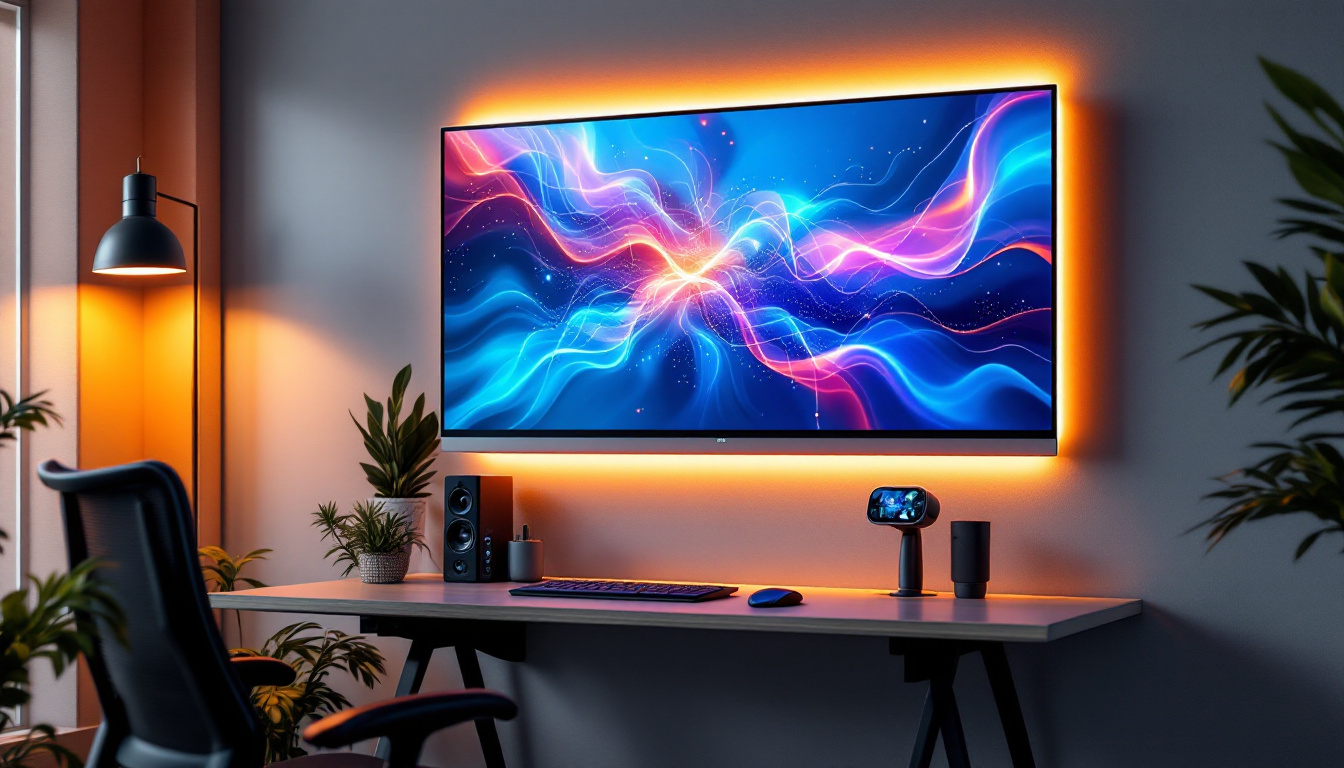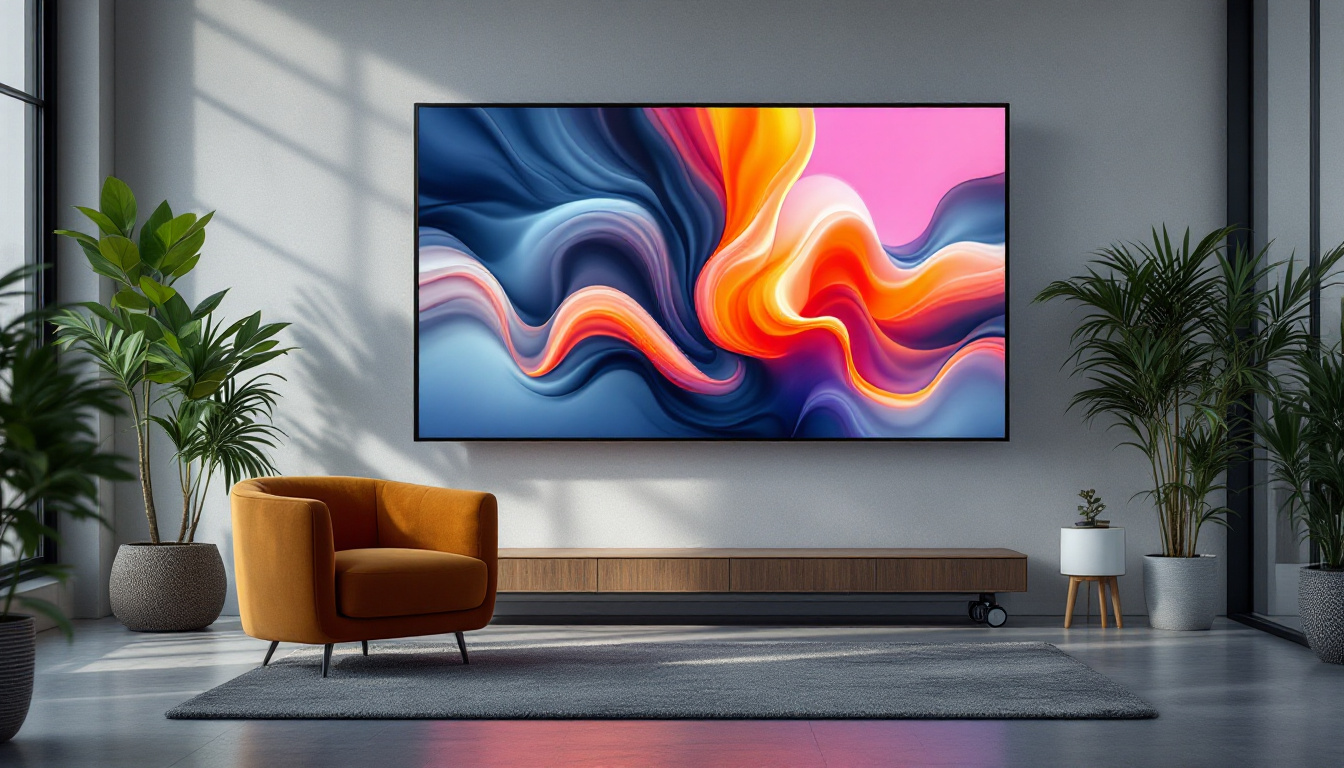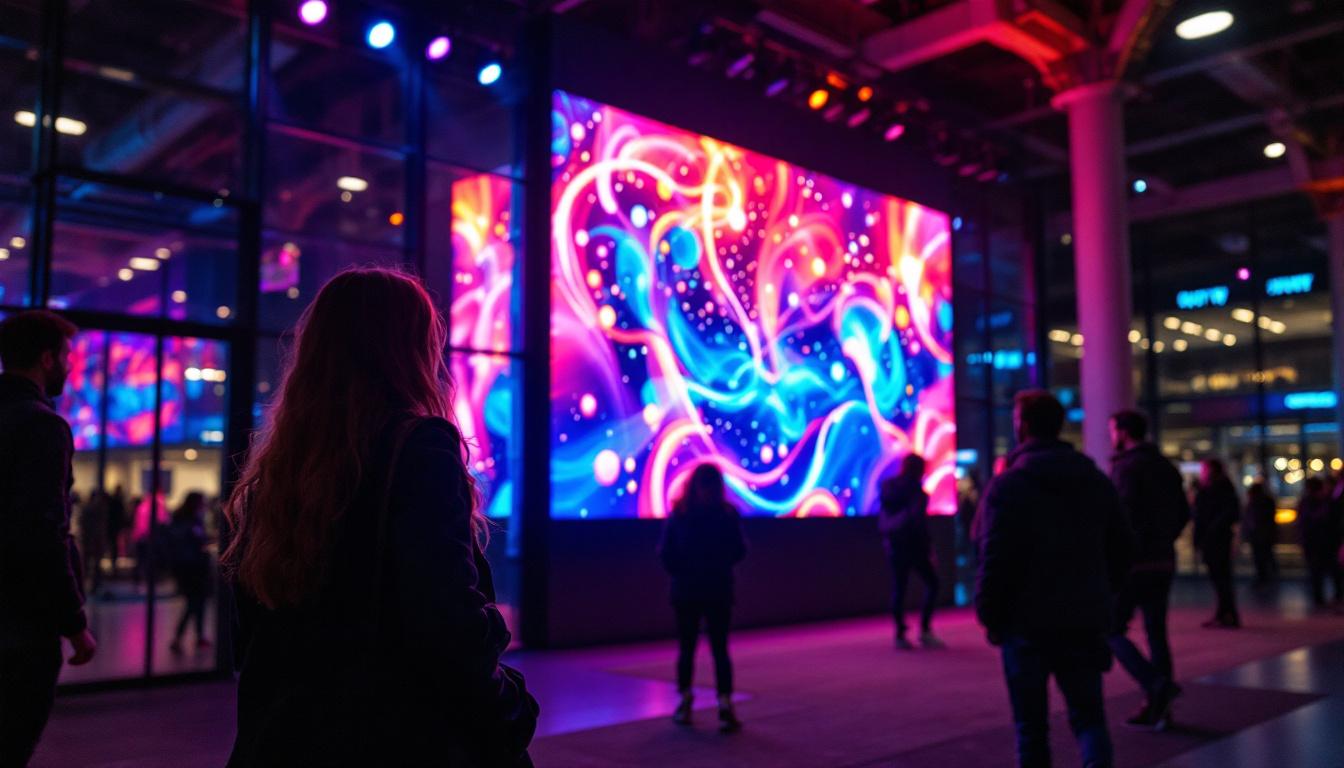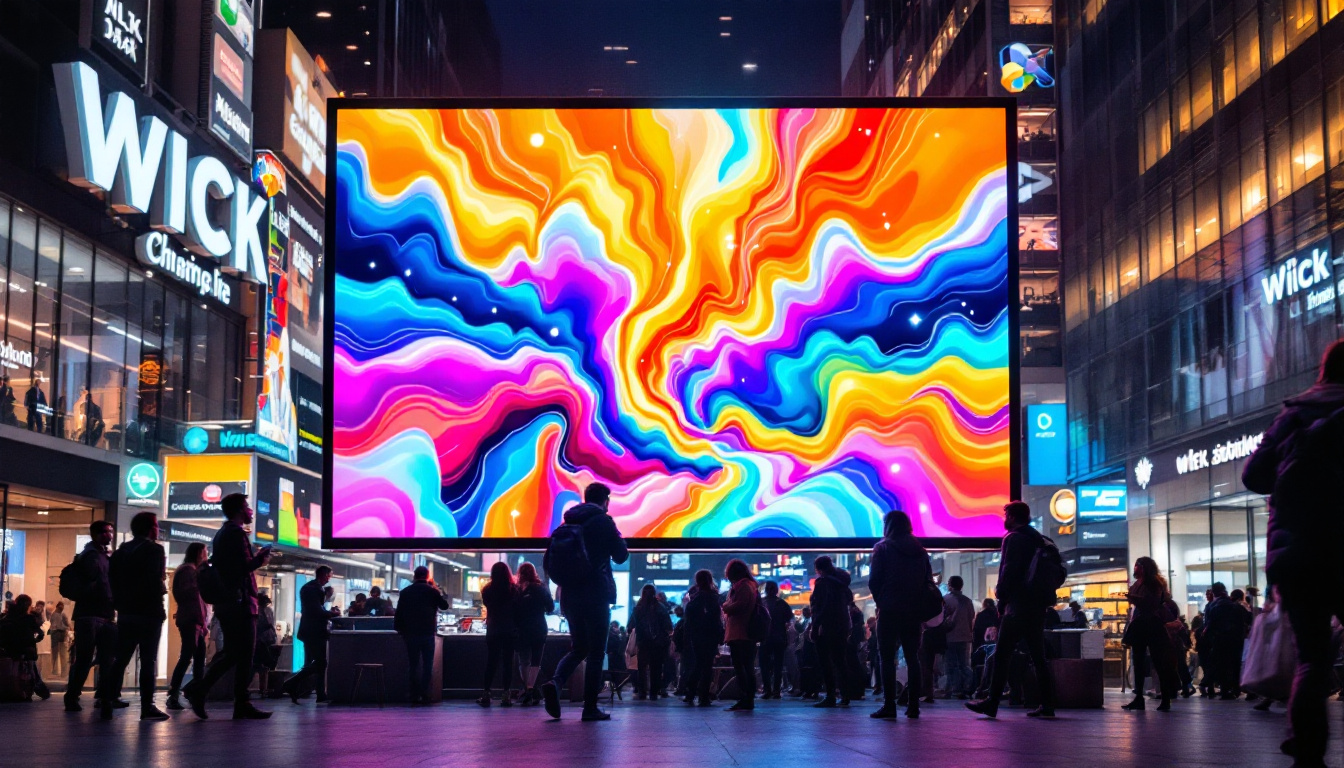The evolution of display technology has transformed the way we interact with devices. Among the most significant advancements is the integration of touch screens with LED displays. This combination has revolutionized user interfaces, making them more intuitive and engaging. In this article, we will delve into the intricacies of touch screen LED displays, exploring their functionality, applications, and the technology that powers them.
Understanding Touch Screen Technology
Touch screen technology allows users to interact directly with what is displayed on the screen, rather than using a mouse or keyboard. This direct interaction has made devices more user-friendly and accessible. There are several types of touch screen technologies, each with its own unique mechanisms and applications.
Types of Touch Screen Technologies
There are primarily four types of touch screen technologies: resistive, capacitive, infrared, and optical. Each type has distinct characteristics that make them suitable for different applications.
- Resistive Touch Screens: These screens consist of multiple layers that register touch when pressure is applied. They are cost-effective and work well with gloves or styluses, making them ideal for industrial applications.
- Capacitive Touch Screens: Utilizing the electrical properties of the human body, capacitive screens are highly responsive and support multi-touch gestures. They are commonly found in smartphones and tablets.
- Infrared Touch Screens: These screens use a grid of infrared light beams to detect touch. They are durable and can be used in outdoor environments, making them suitable for kiosks and digital signage.
- Optical Touch Screens: Optical technology uses cameras and sensors to detect touch. They offer high clarity and are often used in large displays, such as those found in conference rooms.
How Touch Screens Work
Regardless of the type, touch screens operate by detecting the location of a touch on the display. When a user touches the screen, the technology registers the coordinates of the touch, which is then translated into commands for the device. This interaction is facilitated by software that interprets the touch inputs and executes the corresponding actions.
In addition to the basic functionality, touch screens have evolved to incorporate advanced features that enhance user experience. For instance, many modern touch screens are equipped with haptic feedback technology, which provides tactile responses to user interactions, simulating the sensation of pressing a physical button. This feature not only improves the usability of applications but also adds a layer of engagement, making the interaction feel more intuitive.
Moreover, the integration of touch screens with artificial intelligence and machine learning is paving the way for smarter interfaces. These systems can learn from user behavior, adapting to individual preferences and improving responsiveness over time. Such advancements are particularly beneficial in environments like retail, where personalized interactions can significantly enhance customer satisfaction and drive sales.
LED Display Technology
LED (Light Emitting Diode) displays have become the standard for modern screens due to their brightness, energy efficiency, and versatility. Unlike traditional LCDs, which use a backlight, LED displays emit light directly from the diodes, resulting in vibrant colors and deep blacks. This technology has revolutionized the way we interact with digital content, providing an unparalleled viewing experience that is both engaging and visually stunning.
Advantages of LED Displays
LED displays offer numerous advantages over other display technologies. Their energy efficiency is one of the most significant benefits, as they consume less power while providing superior brightness. This efficiency translates into longer battery life for portable devices and lower energy costs for large installations. Moreover, LED displays have a longer lifespan compared to traditional displays, often lasting tens of thousands of hours, which reduces the frequency and cost of replacements.
Additionally, LED displays boast a wider color gamut, allowing for more accurate and vivid color reproduction. This feature is particularly beneficial for applications requiring precise color matching, such as graphic design and video editing. Furthermore, LED technology supports high refresh rates, which is essential for smooth motion in fast-paced video content, making them ideal for gaming and sports broadcasts.
Applications of LED Displays
LED displays are utilized across various sectors, including consumer electronics, advertising, and entertainment. In consumer electronics, they are found in televisions, smartphones, and tablets, enhancing the viewing experience with crisp images and vibrant colors. The integration of LED technology in devices has also led to the development of ultra-thin screens, allowing for sleek designs that fit seamlessly into modern lifestyles.
In advertising, large LED displays are used for billboards and digital signage, capturing attention with dynamic content. These displays can be easily updated with new advertisements or information, making them a flexible solution for marketers. The entertainment industry also leverages LED technology for stage productions, concerts, and events, creating immersive experiences for audiences. The ability to create stunning visual effects with LED screens has transformed live performances, allowing for innovative stage designs that enhance storytelling and audience engagement. Additionally, LED walls are increasingly being used in sports arenas, providing fans with real-time statistics and replays, further enriching the live sports experience.
Combining Touch Screen and LED Technologies
The integration of touch screen technology with LED displays has led to the creation of interactive screens that enhance user engagement. This combination allows users to not only view content but also interact with it in real-time, creating a more immersive experience.
Interactive Kiosks
Interactive kiosks are one of the most common applications of touch screen LED displays. These kiosks are found in various locations, such as shopping malls, airports, and museums, providing information and services to users. The touch screen interface allows for easy navigation, enabling users to access information quickly and efficiently.
Furthermore, businesses can customize the content displayed on these kiosks, tailoring the information to specific audiences or events. This adaptability makes interactive kiosks a powerful tool for enhancing customer engagement. For instance, during seasonal promotions, retailers can update the kiosk content to highlight special offers or new arrivals, ensuring that customers receive the most relevant information while they shop. Additionally, these kiosks can collect user data through interactions, allowing businesses to analyze customer preferences and improve their services over time.
Smart Home Devices
In the realm of smart home technology, touch screen LED displays play a crucial role in controlling various devices. From smart thermostats to home security systems, these displays provide a central hub for users to manage their home environment. The intuitive touch interface simplifies the process of adjusting settings and monitoring systems, making smart technology more accessible.
Moreover, as smart home technology continues to evolve, the integration of touch screen LED displays will likely expand, offering even more functionalities and features to enhance user experience. For example, future devices may incorporate voice recognition alongside touch capabilities, allowing users to interact with their smart home systems in a hands-free manner. Additionally, the potential for integration with artificial intelligence could lead to personalized home automation, where the system learns user habits and preferences, adjusting settings automatically for optimal comfort and efficiency. This synergy between touch screen technology and LED displays not only streamlines control but also paves the way for a more connected and responsive living environment.
Challenges and Considerations
While touch screen LED displays offer numerous benefits, they are not without challenges. One of the primary concerns is durability. Touch screens are susceptible to scratches and damage, especially in high-traffic environments. Manufacturers are continuously working on developing more robust materials to address this issue.
Cost Factors
The cost of touch screen LED displays can also be a consideration for businesses and consumers. High-quality displays with advanced features tend to be more expensive, which may limit accessibility for some users. However, as technology advances and production processes improve, prices are expected to decrease over time.
Usability and Accessibility
Usability is another critical factor when implementing touch screen LED displays. While these interfaces are generally intuitive, not all users may find them easy to navigate. Special attention must be given to design and layout to ensure that all users, including those with disabilities, can interact effectively with the technology.
The Future of Touch Screen LED Displays
The future of touch screen LED displays looks promising, with ongoing advancements in technology and design. Innovations such as flexible displays and transparent screens are on the horizon, opening up new possibilities for interactive applications.
Emerging Trends
As augmented reality (AR) and virtual reality (VR) technologies continue to develop, the integration of touch screen LED displays with these platforms will likely become more prevalent. This fusion will create immersive environments where users can interact with digital content in ways previously thought impossible.
Additionally, advancements in artificial intelligence (AI) will enhance the functionality of touch screen interfaces, allowing for more personalized and adaptive user experiences. These developments will further solidify the role of touch screen LED displays in everyday technology.
Conclusion
Touch screen LED displays have transformed the way users interact with technology, offering a more intuitive and engaging experience. As advancements continue to shape this field, the potential applications and benefits are vast. From interactive kiosks to smart home devices, the integration of touch screen and LED technologies is set to redefine user interaction in the years to come.
Understanding the intricacies of touch screen LED displays is essential for businesses and consumers alike, as these technologies become increasingly integrated into daily life. Embracing these advancements will pave the way for a more connected and interactive future.
Discover the Future of Interactive Displays with LumenMatrix
As you embrace the interactive and intuitive world of touch screen LED displays, take your experience to the next level with LumenMatrix. Our commitment to innovation ensures that you have access to the most advanced LED display modules, designed to captivate and engage your audience like never before. Whether you’re looking for an Indoor LED Wall Display, a dynamic Outdoor LED Wall Display, or specialized solutions like Vehicle LED Displays and LED Sports Displays, LumenMatrix has the technology to bring your vision to life. Don’t miss the opportunity to revolutionize your visual communication. Check out LumenMatrix LED Display Solutions today and see how we can help you create unforgettable visual experiences.


